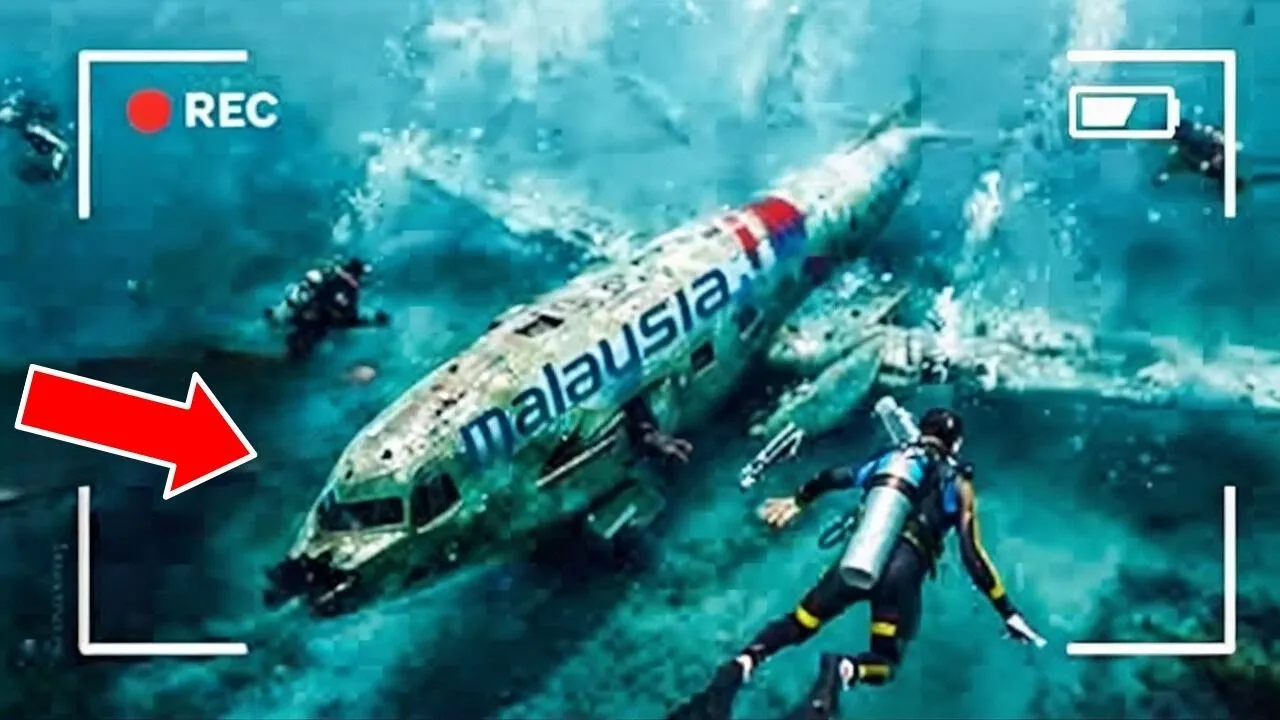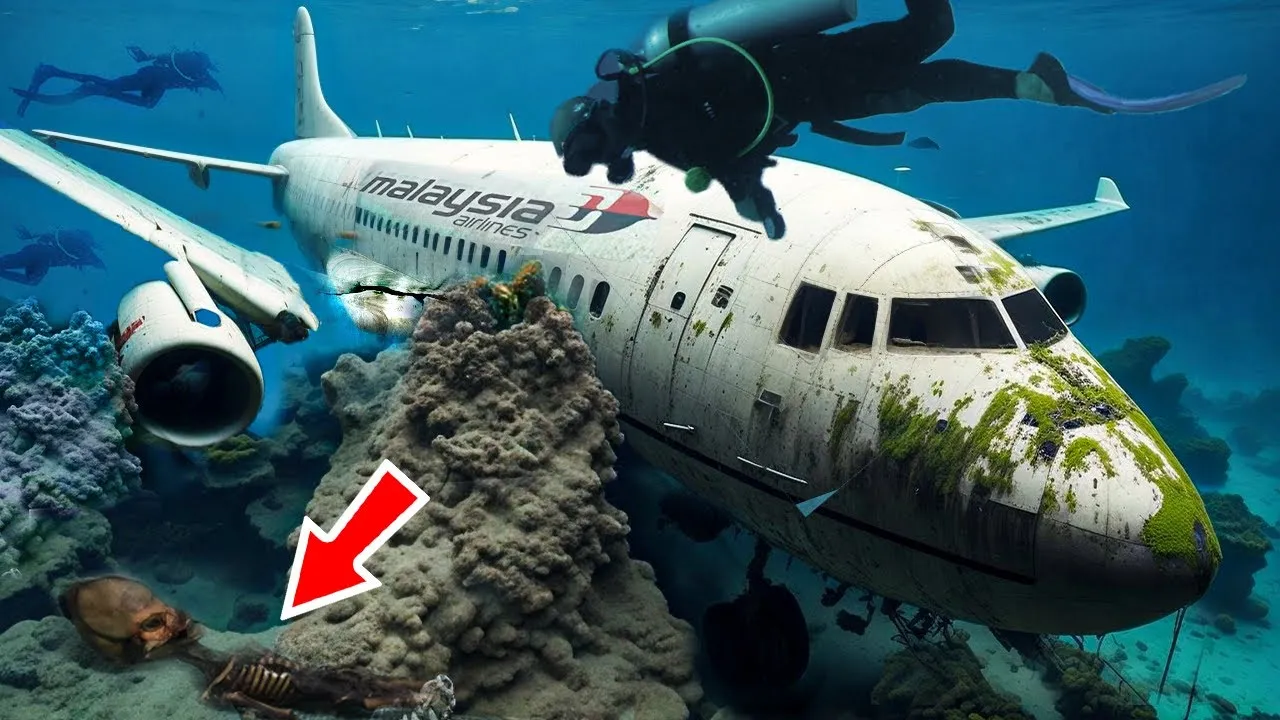Today marks the tenth anniversary of one of the most baffling tragedies in aviation history: the disappearance of Malaysia Airlines Flight MH370. On March 8, 2014, this plane carrying 239 passengers and crew disappeared without a trace, unleashing a torrent of theories and investigations. Recently, the detection of unusual signals, potentially related to the device, has reignited global curiosity and speculation around this mystery.

Flight MH370 had departed Kuala Lumpur International Airport bound for Beijing for a planned trip of less than seven hours. Less than an hour after takeoff, the plane lost all contact with air traffic control. At the controls were Captain Zaharie Ahmad Shah and co-pilot Fariq Abdul Hamid, two experienced pilots. After routine communication with controllers, the plane disappeared from radar, marking the beginning of an unsolved enigma.

Military radars then followed the plane one last time over the Strait of Malacca, far from its original trajectory. Satellite data later suggested that the plane continued to fly for hours into the southern Indian Ocean. A massive search was launched, the costliest in aviation history, but for years no significant wreckage was found.
Despite intense searches over the years, only a few debris related to MH370 have been found, but neither the main wreckage nor the black boxes have been located. Recent unusual signals detected by researchers revive hypotheses: Was the plane hit by a meteorite, hijacked, or a victim of unknown forces? Some theories even go so far as to suggest an extraterrestrial intervention.
Testimonies of neighbors and workers in areas near the alleged trajectory speak of a plane flying at low altitude or engulfed in flames. While the credibility of these stories is still debated, they add new layers to an already complex conundrum.
The initial search began in the South China Sea before expanding to the Indian Ocean. Countries such as Australia led the operations, using underwater vehicles and advanced sonar technologies. Despite scanning more than 120,000 square kilometers, no conclusive evidence has emerged.
In 2015, wreckage of a Boeing 777 was found on Reunion Island, confirming its link to MH370. The analysis of the debris drift made it possible to specify the search areas, but the mystery persists.
Captain Zaharie was thoroughly investigated. Reports indicate that he was going through a difficult time and simulations found at his home showed a similar trajectory to that of the alleged accident. These elements raise questions: Would Zaharie have deliberately changed the course of the flight, and if so, why?
A decade after the disappearance, the families of the 239 passengers and crew members are still in limbo. This mystery has led to advances in research and satellite tracking technologies, but the essential questions remain unanswered: What really happened to MH370?



